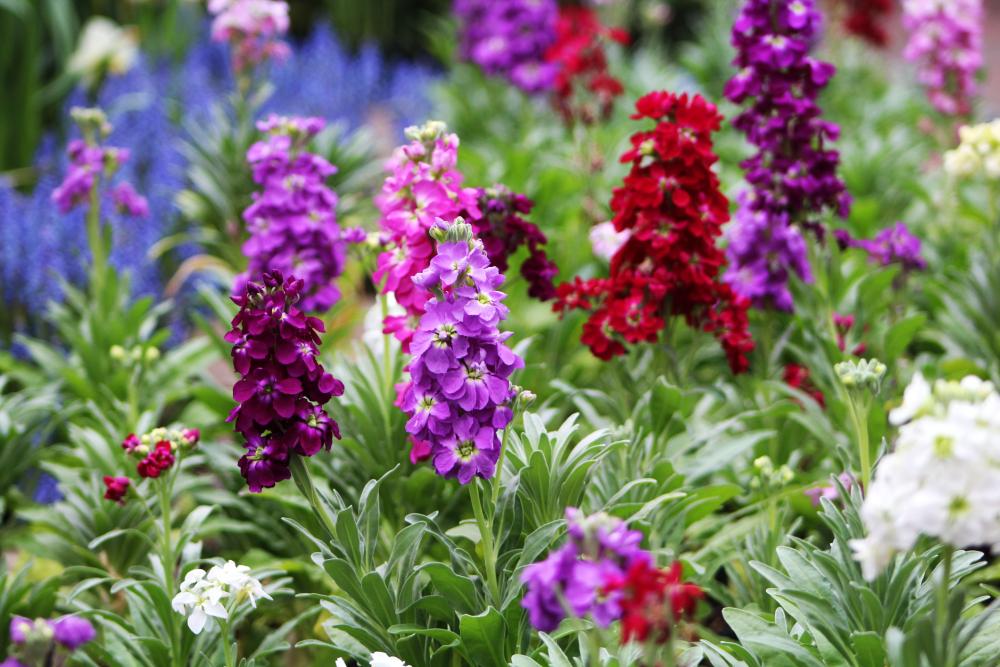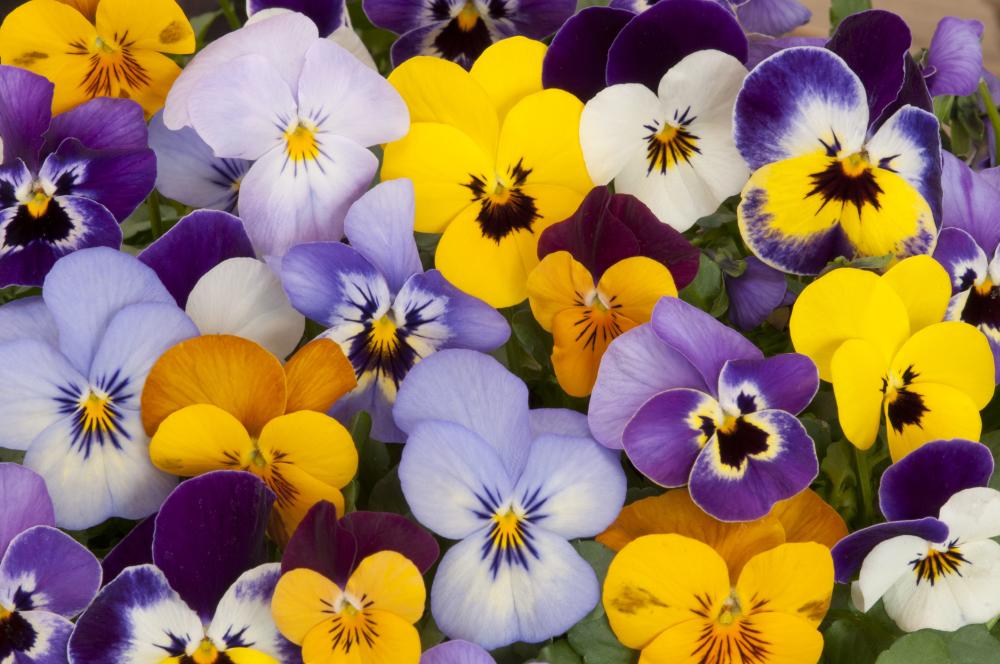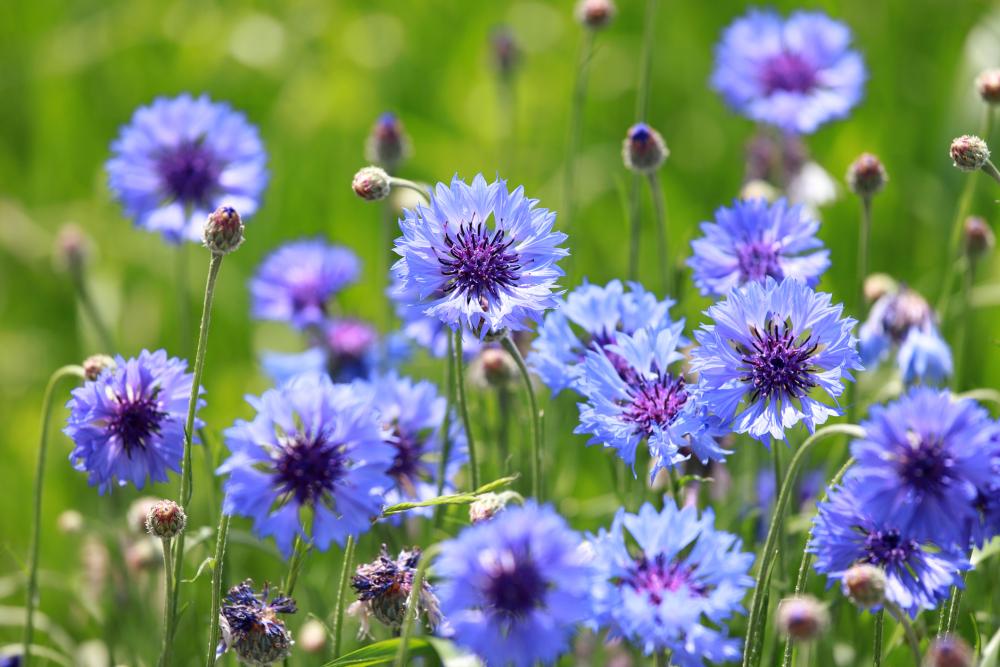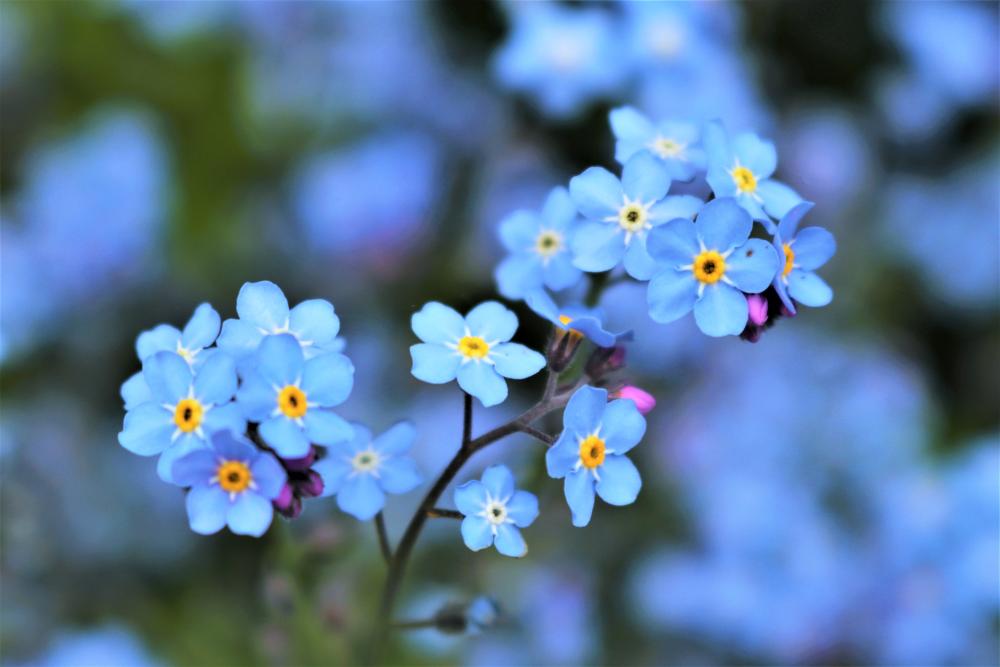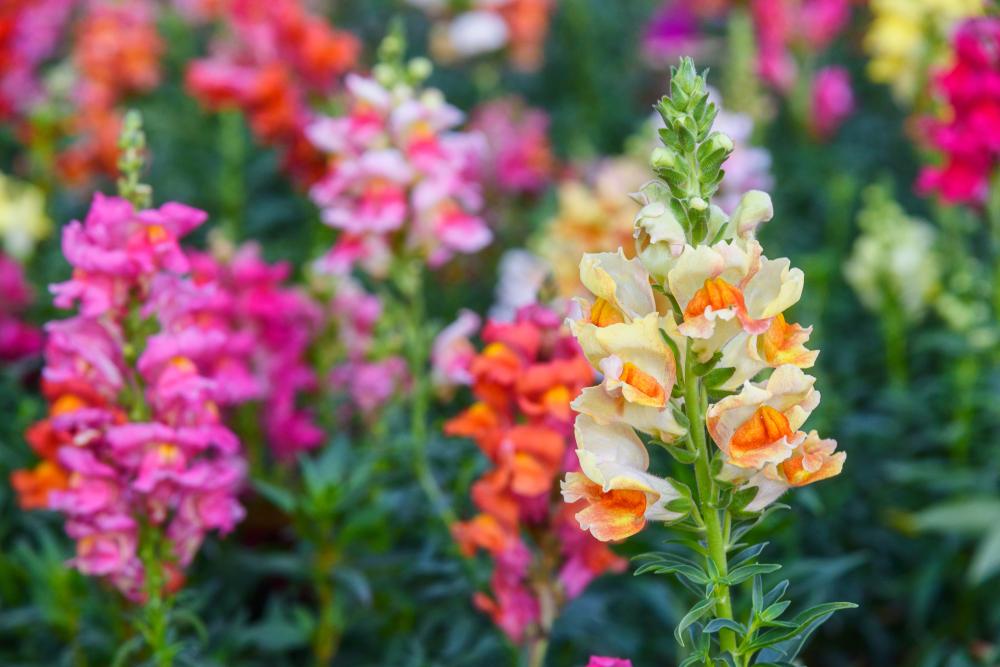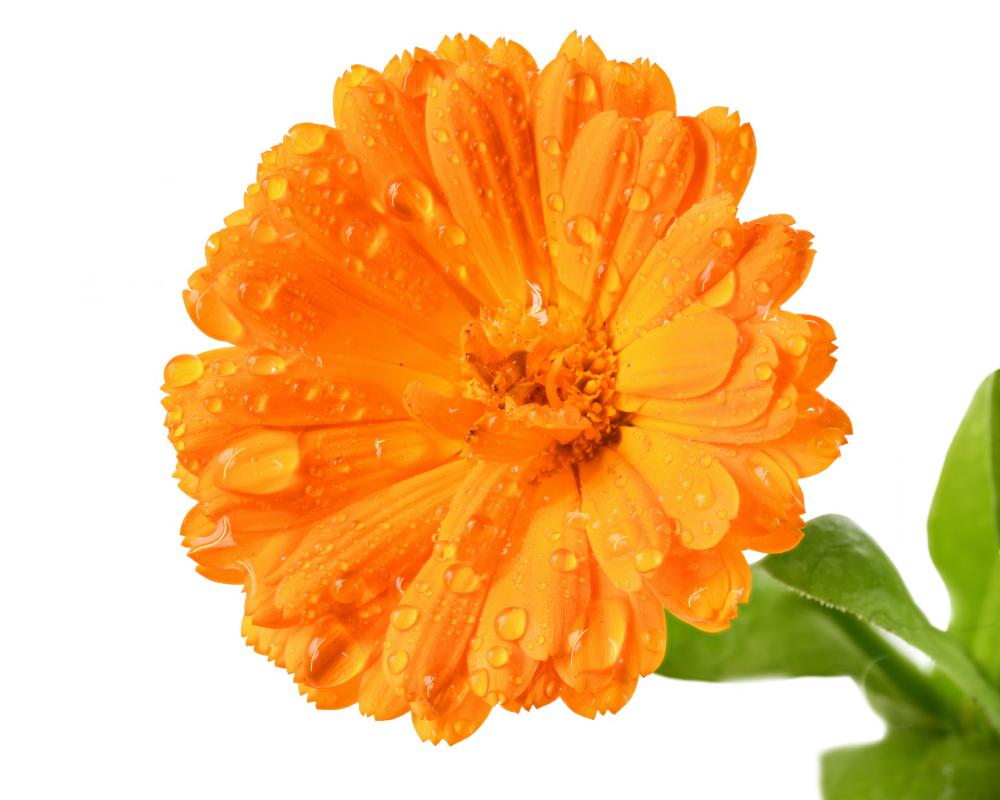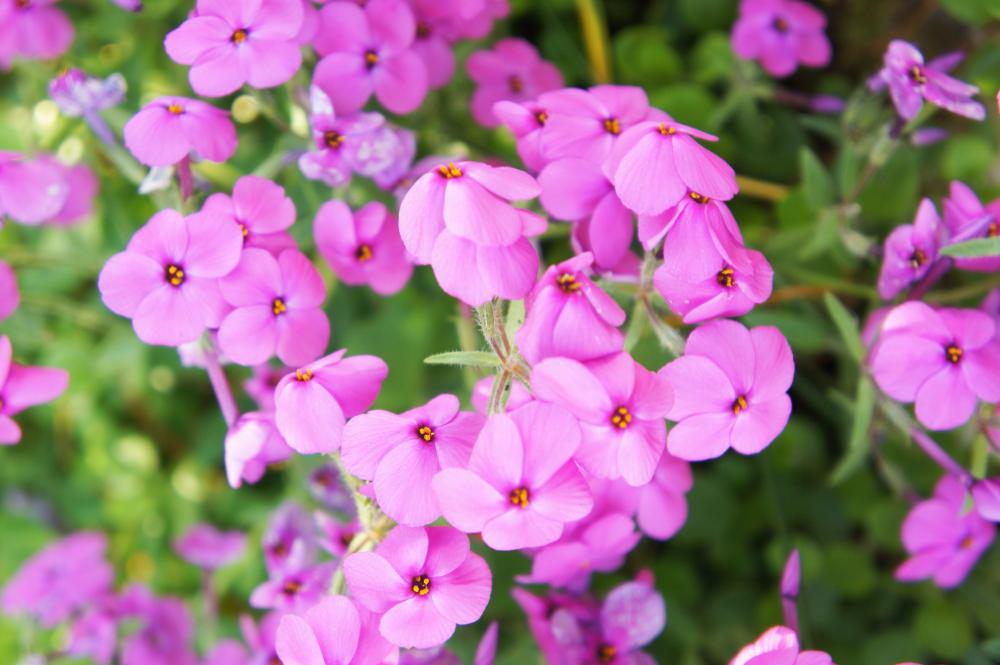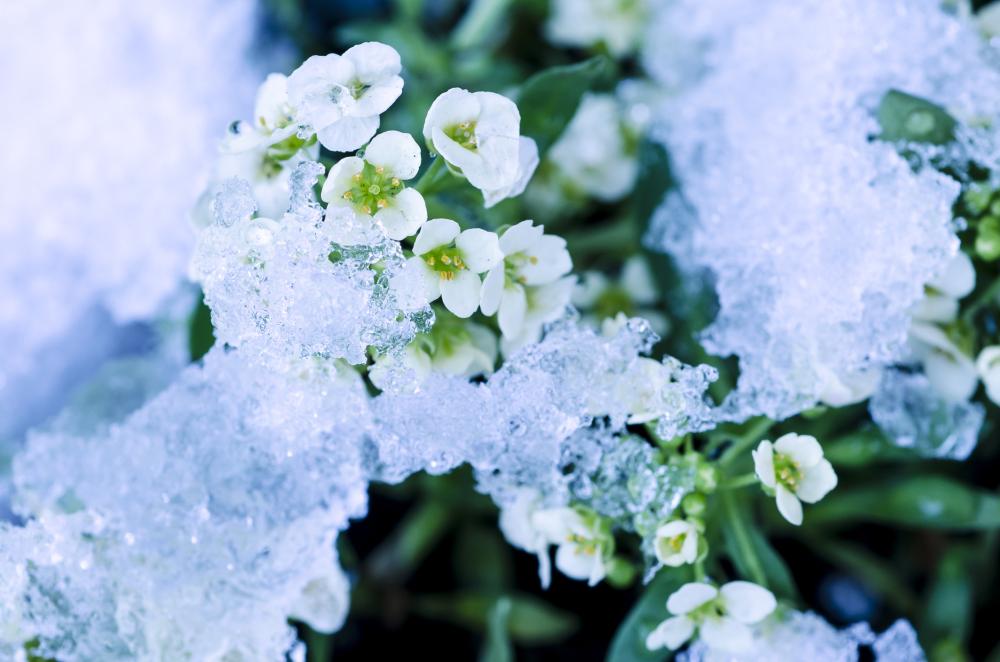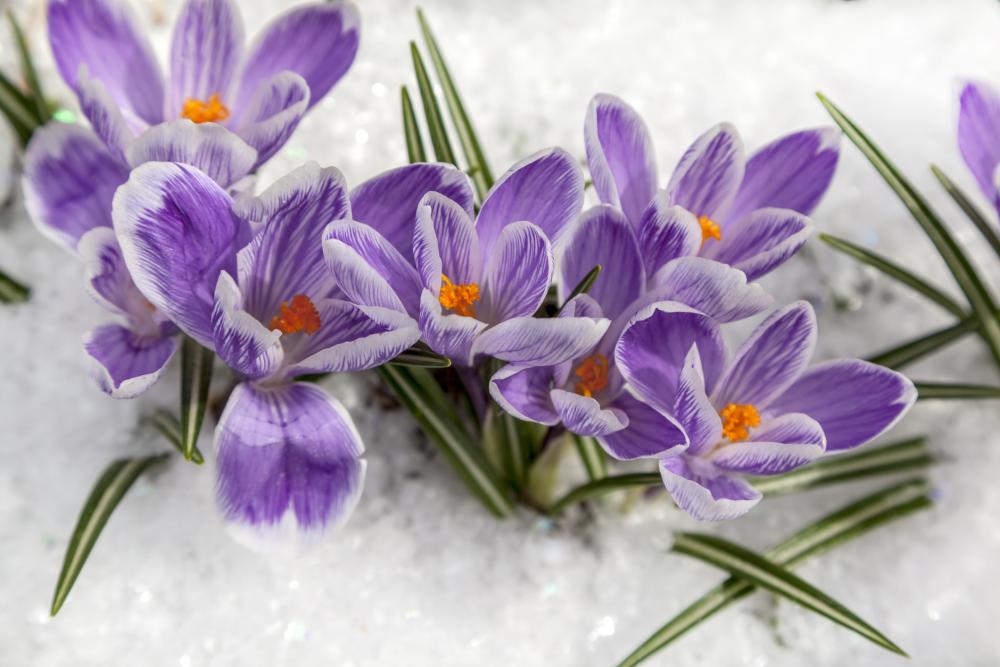Top 8 Winter Hardy Flowers – Grow These Blooms In Cold Zones
Even the most practical people tend to grow flowers in their gardens. A garden is not just for veggies and fruits. A few flowers can transform the garden and attract pollinators to the plants. But as we all know, blooms are often associated with the spring and warm weather. When the temperature drops, most flowers would fade and call it a season.
Does this mean that if you live in a cool microclimate you can’t have flowers in your garden? You can if you know which flowers are cold-hardy and can survive the dim light and cool temperatures of the winter months. And while not all of these flowers are perennials, even the annuals can start flowering in the late winter long before other plants have come out of dormancy. Take a look at some of these 8 blooms and experiment with the ones you like to add a touch of color to your winter garden.
Alyssum
If you don’t like the way your garden looks and how the ground is only covered with weeds and debris, then Sweet Alyssum (Lobularia maritima) is what you’re looking for. The low-growing plants provide an excellent ground cover since they don’t grow an inch over 6 inches with some varieties only reaching 3 inches at best.
Another reason to grow these charming flowers is that they have a wonderful tolerance for both cold and hot climates. Neither excessive heat nor harsh cold will dampen the spirit of this vibrant flower. And since it has adapted to the soil and weather conditions in the United States, Alyssum grows naturally in meadows and parks without issues. It doesn’t have natural enemies and pests mostly avoid it.
The clusters of small flowers open in different colors depending on the variety or cultivar. Sometimes the blooms are white or pink although salmon, creamy yellow, and purple are also on the menu. They’re wonderful options in floral arrangements. Alyssums are easy to grow and you can start them from seeds directly in the garden. They also require little to no maintenance and survive on what little rainfall you get throughout the year. Don’t overwater the plant since they’re prone to Botrytis blight.
Phlox
Phlox, much like Alyssum, comes in a different variety of plants. Some are annuals while others are perennials. However, they both have one thing in common. They can tolerate cold temperatures and surviving the winter wouldn’t be an issue even if you live in one of the cooler zones. Paradoxically, it’s annual Phlox plants which are more cold-hardy than the perennial counterparts.
If you want to take advantage of that tolerance for cold weather, start the seeds either in the early spring or late fall. In the early spring, wait for the last frost then plant the seeds in the garden. For late fall plants, start the seeds as soon as the summer temperature cools down.
The plant usually grows from 8 to 24 inches depending on the cultivar and it is easy to maintain. It prefers moist soil and has little tolerance for drought. And after pollination, small fruits will develop that contain the seeds. Wait for the fruits to dry then pick them up and crack them open to collect the seeds for the next season.
Pot Marigold
Few flowers can match the pot marigold (Calendula officinalis) in its resistance to frost. And since it serves both as a floral plant as well as a herb, you get a lot of uses and benefits from this cold-hardy plant. The golden petals of the flowers produce a yellow dye that was used to color cheese for ages. The same petals are also used for cooking where they add spicy flavors to soups, stews, and marinades.
Other uses for pot marigold include using the leaves and flowers in the cosmetics industry and the roots are valued in traditional medicine as they boost the immune system. But apart from that, the flowers of pot marigold are a beauty in their own right. They look like daisies but with the three rows of golden petals and the dark brown disc they really stand out.
And thanks to their cold tolerance, the plants keep blooming from the spring until the fall. The key is to keep cutting the blooms as soon as they open to trigger new flower buds to emerge and keep the plant in bloom until the end of the fall. And although it can grow from one to three feet on average, pinching the top stems regularly will keep the pot marigold compact and give it a bushy look.
Snapdragon
Say what you like about the snapdragon (Antirrhinum majus) but this flower is often the centerpiece in any festive floral arrangement. I’m not just talking about weddings and baby showers, but any time you feel like sending someone special a bouquet of flowers, the snapdragon will get your message across.
Snapdragons come in many varieties. And those varieties cover all the colors of the rainbow except for blue. So you can create a single bouquet just from the different varieties of snapdragons. And of course, once you know how to grow one variety, you can grow them all.
Start planting these delightful flowers in the late fall so that they can bloom in the early spring. Few other plants can beat the snapdragon to bloom when the temperature is still that low. It has an excellent tolerance for frost and overall requires little protection against the cold winter months.
Some snapdragon varieties will only rise 6 inches above the ground while others will reach 3 feet with comfort. However, those tall varieties will need stakes to keep them standing upright. Additionally, you’ll need to keep the soil moist for the first few weeks after the seeds germinate. After that cut back on watering and only irrigate it when the top one inch of the soil has dried out completely.
Forget-Me-Nots
It doesn’t matter what kind of microclimate you have, forget-me-nots (Myosotis scorpioides) will start blooming as soon as the last frost is over. In warm zones, this can be as early as March while in cooler zones, the blooms could wait until May. But when they open up, the sea of blue that sways with the wind is well worth the wait. And since the bloom season extends all the way until October, you will get rewarded for your hard work three seasons out of four every year.
Each flower has 5 petals that start with deep blue around the edges and it gets lighter toward the center of the flower where it blends into pure white. The disc can either be white or yellow with a dark dot in the middle.
You can plant these showy flowers as hedges and along borders to create a striking contrast with the flower beds and veggie patches in the garden. As a perennial plant, the forget-me-not self-seeds easily and tends to grow uninvited and crowd other plants. So you’ll need to deadhead it regularly or cut the flowers before they pollinate to prevent the seeding phase. This is why in some states, this plant is considered an invasive species.
Bachelor’s Buttons
If the cold winter has stood between you and enjoying some fresh flowers in the garden, you’ll be delighted to hear about bachelor’s buttons (Centaurea cyanus). Start the seeds in the garden directly in the late fall. The plant will wait for the first signs of the spring then make a daring splash of colors all over the place. Neither frost nor harsh cold can keep it from flowering.
A native of Europe, bachelor’s buttons made the trip across the pond quite easily and took to the new growing conditions in the US without a hitch. The ruffled purple petals of the flowers along with the pink discs made this plant the darling of every garden since colonial times.
And since it thrives in the full sun, you can plant this flower in rock gardens, borders, and any sunny spot that needs a dash of jovial purple to brighten it up. Besides the showy flowers, the plant has enough height to make it the main attraction of any flower bed.
The flowers come in different colors but most notably blue, red, and white. Mix those three colors in your garden and celebrate the 4th of July with more style. Just make sure to deadhead the flowers to prevent them from spreading willy nilly all over the place.
Pansies
Pansies (Viola × wittrockiana) come in all shades, colors, and sizes. It’s hard to choose a favorite when all the varieties have such deep and vivid colors and look like butterflies on the wing. Luckily, you won’t have to choose one variety or cultivar over the rest. Pansies tend to grow well together and cover large spaces without feeling too crowded and showing signs of stress.
And the best part about growing pansies is that in warm zones they will flower in the dead of winter. So if anyone tells you that winters are grim because flowers don’t open in those cold months, remind them of the charming and hardy pansies. In cooler zones, pansies might wait until the spring to open up and splash their joyful colors everywhere.
Moreover, there are pansy cultivars that grow in hanging baskets and containers while others can tolerate partial shade and less hospitable corners of the garden. The plants need average watering and the only care you need to provide is deadheading. As long as you keep cutting those flowers, new flower buds will grow to replace them. This will give you a long bloom season and plenty of cut flowers to keep in vases and bring the pansies indoors.
Scented Stock
Another fall plant that waits patiently for the winter to make way for the spring. Once the temperature rises above frigid conditions, the flower buds are ready with their cheerful colors. The scented stock is just one of many stock species (Matthiola incana) that grow in different zones and microclimates.
The word scented here is redundant. Not just because this specific stock variety is fragrant, but also because many other stock species have strong scents. And as an annual, it doesn’t waste time growing and flowering before other blooms in the garden have shown signs of life. The bloom season lasts throughout the spring and way into the summer. Once the last flower has faded, the plant will die. But that’s not the end of the scented stock saga.
The pollinated flowers will develop seeds that you can collect and start planting in the fall. In the spring you’ll have new plants with clusters of white, purple, pink, and yellow flowers announcing the advent of the spring.
It’s easier to grow scented stock in cool zones where the winter gets really cold, as you can take advantage of that chilling weather and sow the seeds in the early winter. The scented stock seeds need a prolonged period of chilling to germinate.
